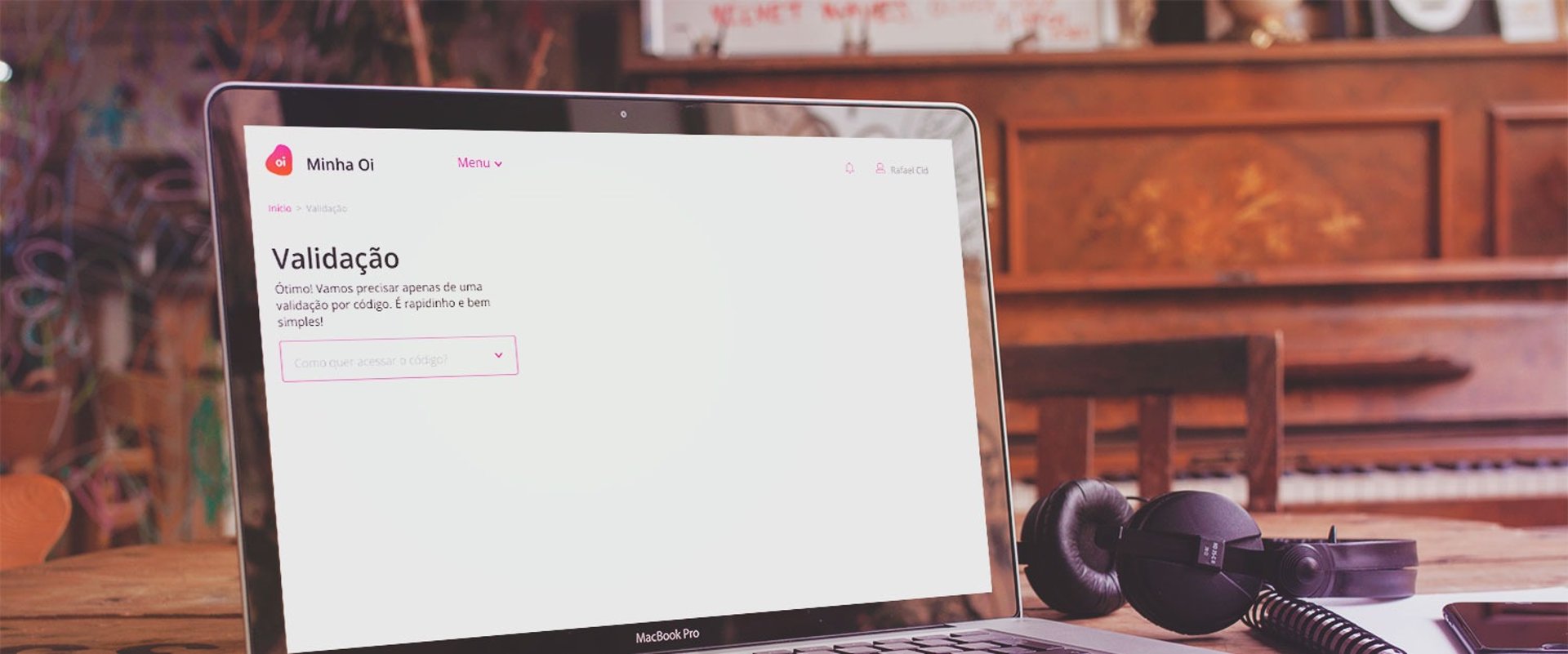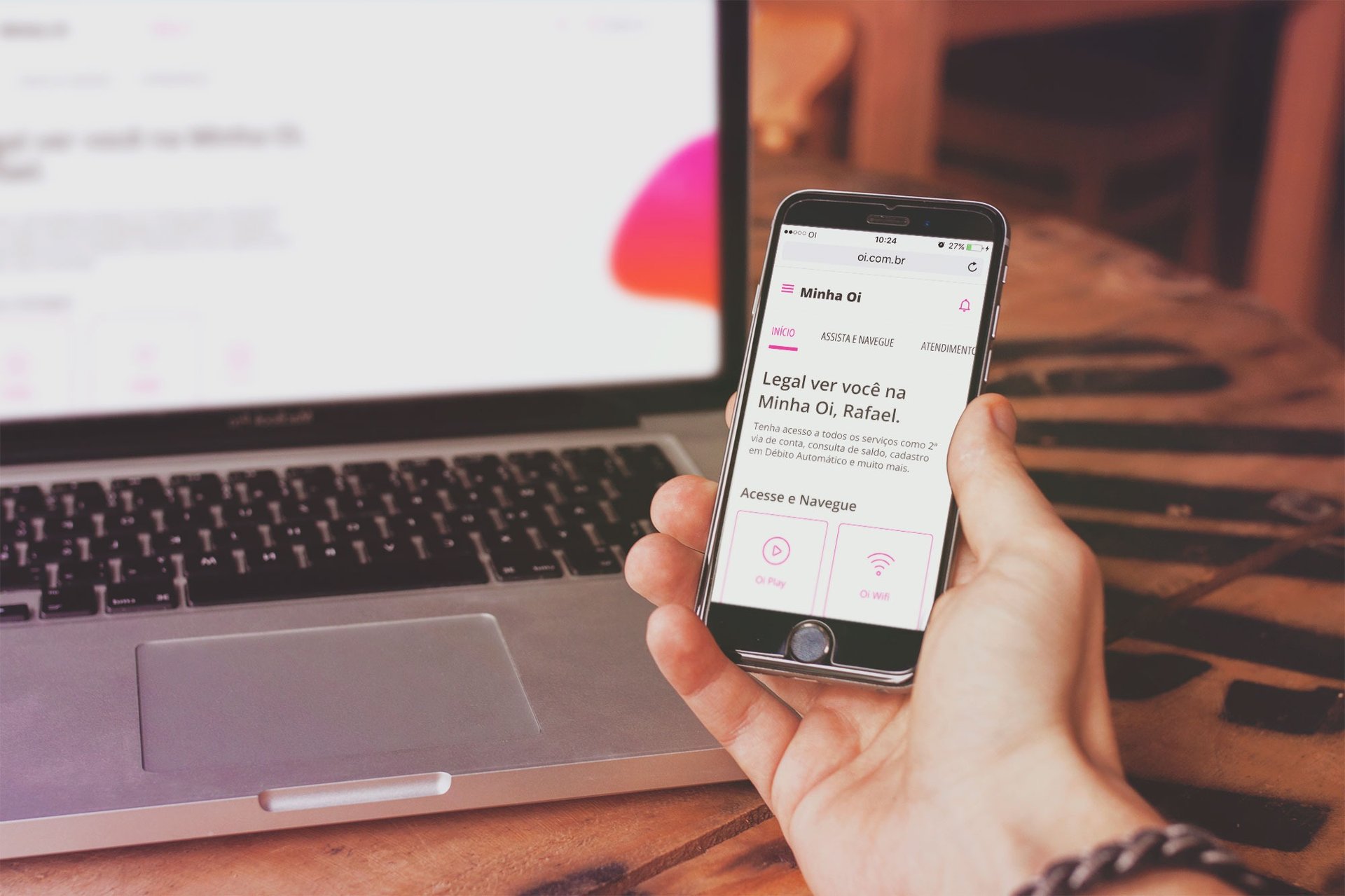
Minha Oi - Pre-Home
The Design strategy that increased a KYC process from 9% to 40%
Context
Pre-Home is a "pre client area" where new users land after registering in our website. There, they could do a few things such as validate their ID as our customers (KYC), download a couple apps and get support or contact the company.
Problem statement
Users had to complete de KYC process to be authenticated and then have access to the "client area"
However only 9% of users were completing KYC.
Pre-Home is a “temporary site” where users get general information, do the ID validation process (KYC) and then go to the Client Area.
Goal
To increase KYC completion rate.
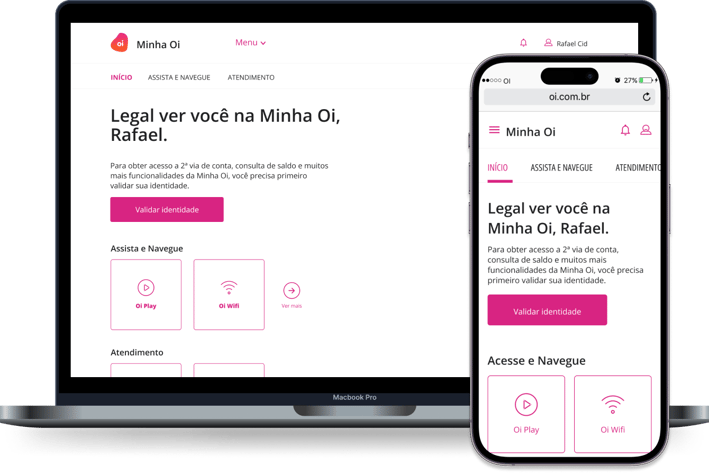

Minha Oi's Pre-Home
Summary
Not clear what "Pre-Home" is yet?
As mentioned before, the main existence of "Pre-Home" was to authenticate customers. However, as it was an area with great visibility (high MAU volume), it gained more strategic content for the digital transformation process that the company was going through.
"Pre-Home" was supposed to be a transitional stage that customers had to go through in order to access the "Client area". Nevertheless most of them were getting stuck there.
This user flow illustrates 3 main actions users can take in the “Pre-Home” phase: KYC, download apps, and get support. As we can see, ID validation is not the most straightforward step, as it requires users to have a device (mobile, phone, TV) or their bill in hand to successfully go through it.
Research
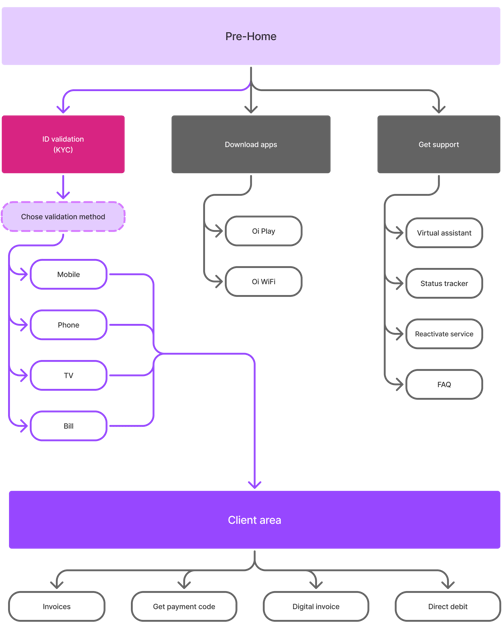

Pre-Home user flow
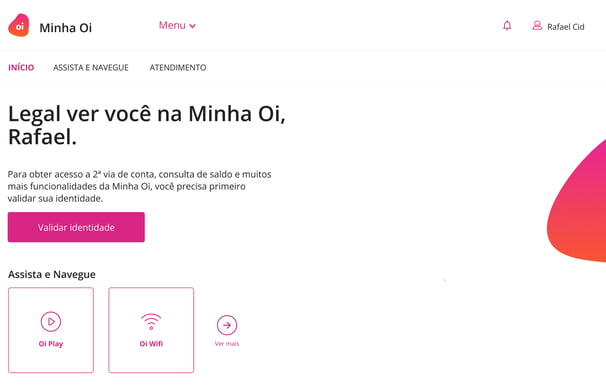

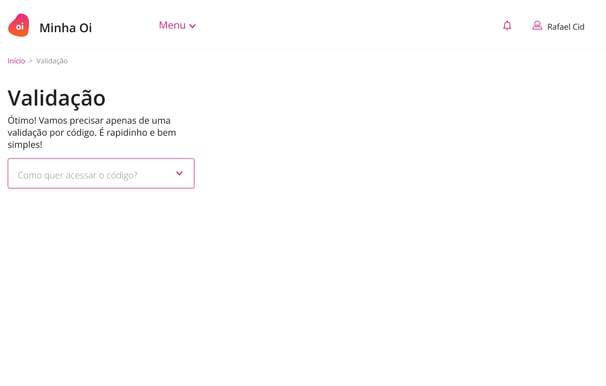

ID validation (KYC) screen flow
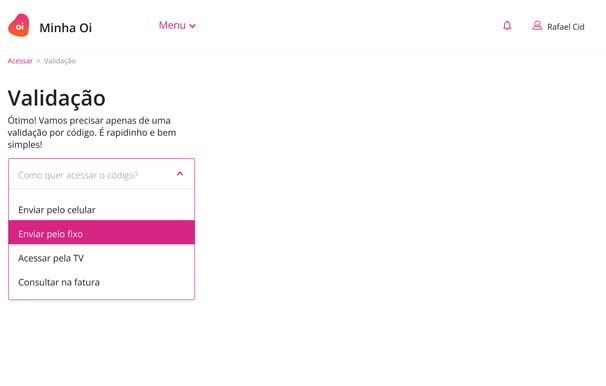

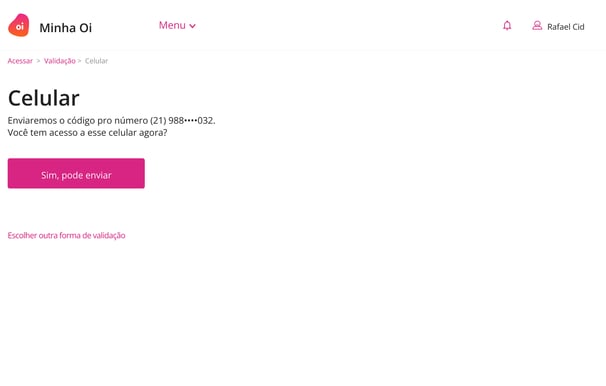

1. Pre-Home initial screen
2. Beginning of ID validation (KYC) flow
3. Users can chose among 4 methods: mobile, phone, TV or bill
4. This is the mobile method but all of them are about validating through a code (2 steps)
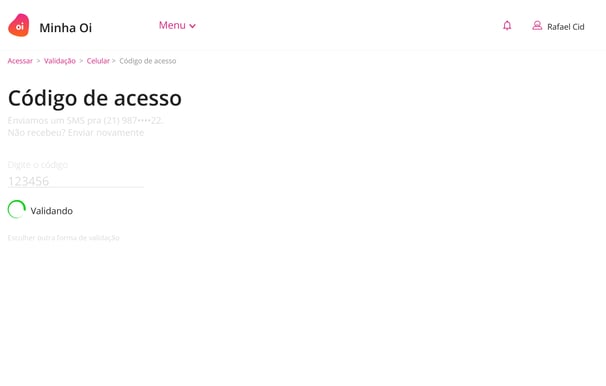

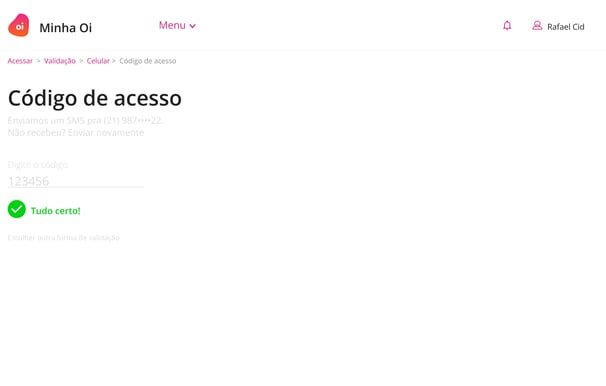

5. Validating code
6. Done! After here, users are redirected to "Client area"
Findings
Users didn’t know what Pre-Home was;
They didn’t know why they were there;
Why did they need to validate their ID;
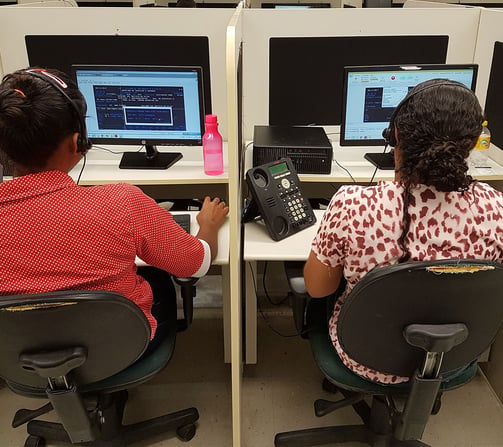

Shadowing sessions with CS
Shadowing sessions
To have a better understanding about what was happening, we had some 'shadowing sessions', with customer support specialists. We wanted to acknowledge users pain points once they were in 'Pre-Home' and try to understand why they preferred to call us to request invoices rather than get it themselves in 'client area' after completing KYC.
How it worked
We wrote a script that the specialists should ask users during the phone calls. Whenever the reason of the call was something that customers could solve online, it was asked if they did try to solve it using the 'Client area'.
Then we focused on the answers of the ones that did but had issues trying and this is what we learned:
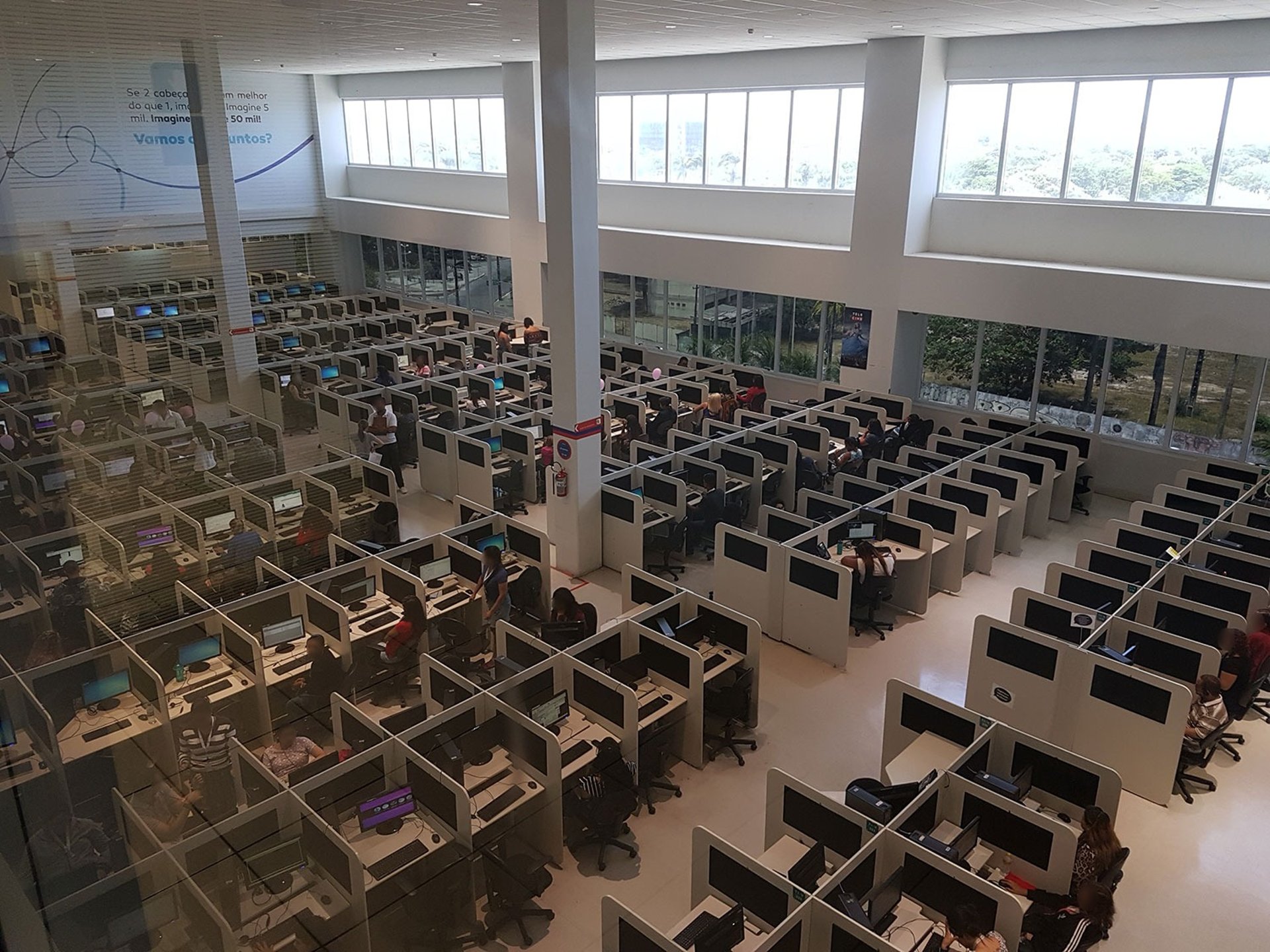
We concluded that the
Pre-Home wasn't adding any value to users.
What were users doing at Pre-Home then?
If only 9% were completing KYC, what were others doing?
Once in Pre-Home, users could do other things besides go through the kYC process.
After analyzing the website data we realized that users were doing anything but going through KYC.
Completing secondary goals (15%);
Visiting apps’ landing pages (20%);
Tracking phone installation status (12%);
Reading FAQ (12%);
Bouncing (32%).
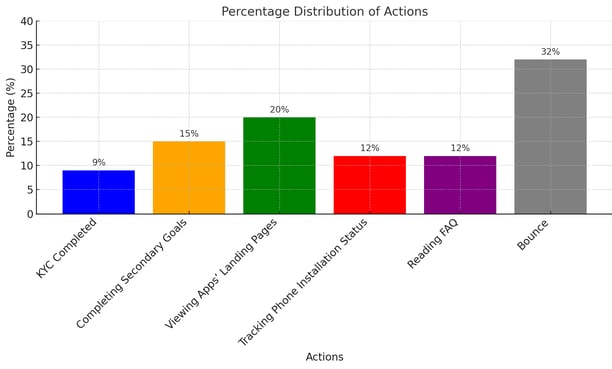

Less ir more
According to Nielsen Norman group,
"as the number of choices increases, so does the effort required to collect information and make good decisions."
So we understood that there was a failure in Pre-Home's strategy. As if the main goal was to make users go through kYC, then this should be the only action to be done in there.
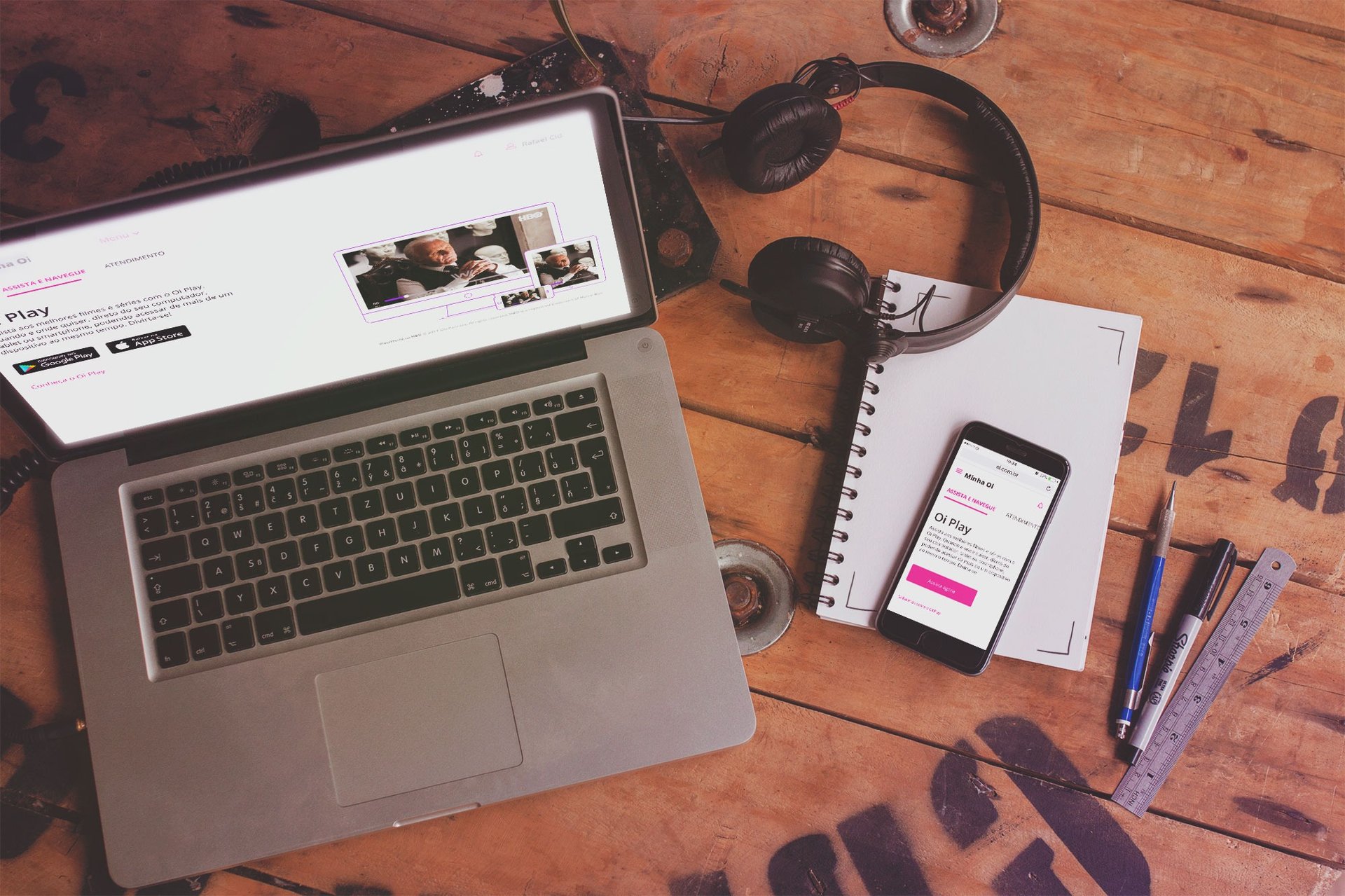
Got distracted by this screen?
So did our users.
Stakeholder management
Removing every "distraction" and keeping only KYC process wasn't an option as Pre-Home was a strategic product with several stakeholders
And guess what? None of them were in favor of having their share removed from there.
If we can't remove things from "Pre-Home", what about adding more?
Please allow me to explain our crazy brilliant hypothesis:
Once kYC is completed users are authenticated as customers and only then they can manage their account in the 'Client area'. Once in the 'Client area', they can pay a bill, view a invoice or change the payment date. If they don't complete KYC, the only way for them to achieve these things is calling customer service.
So basically what we did was to find valuable information to customers and add them to the "Pre-Home" as some sort of preview of the "Client area". So then they would have more items calling their attention to the main action instead of more distractions that could take them out.
Solution proposal
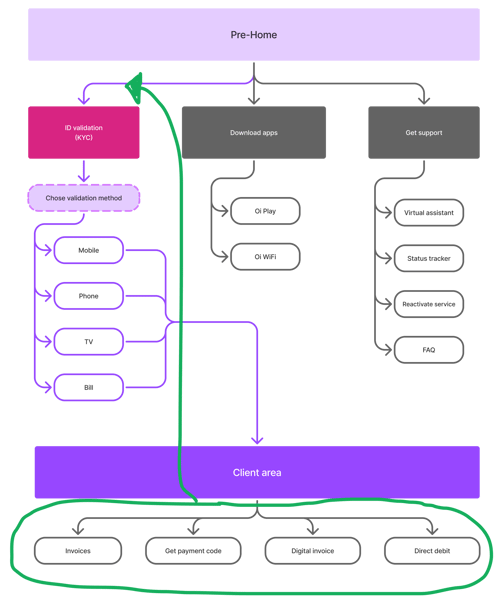

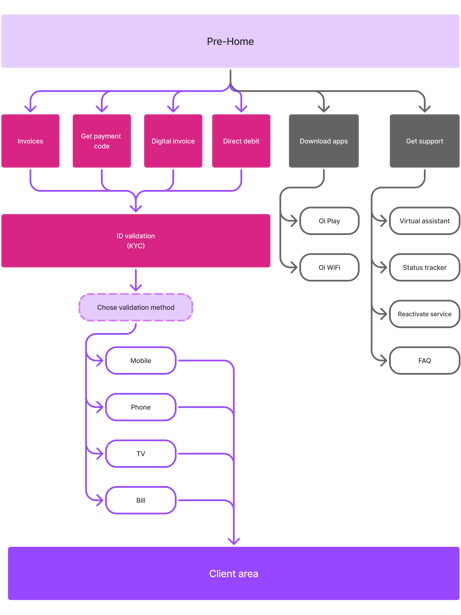

Adding value to users
As we understood that "Pre-Home" had no value to users, we thought that by adding "Client area" options in there, they would see the benefits of going through the KYC process and therefore improve completion rate.
Before
After
How we choose and prioritized
In order to determine what we add, we checked the top CS contact reasons and picked the 1st category, 'Conta'
We prioritized the 'Conta' category due to engineering effort implied in making the changes.
Top CS contact reasons
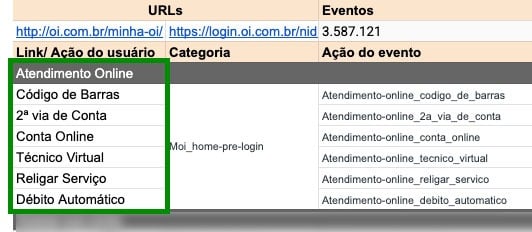

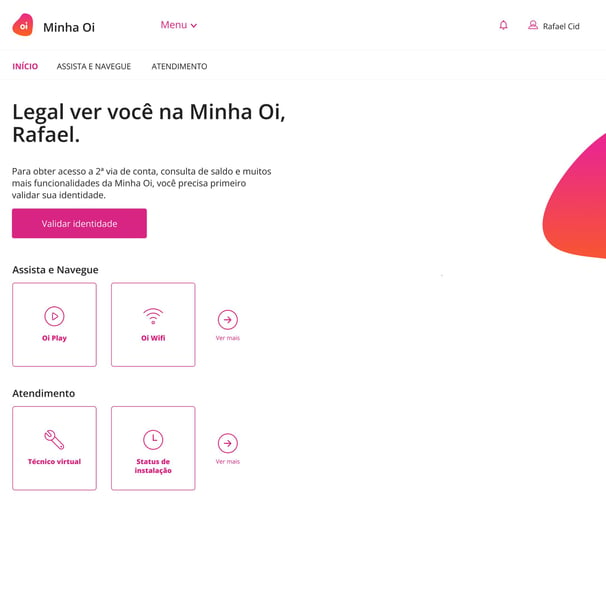

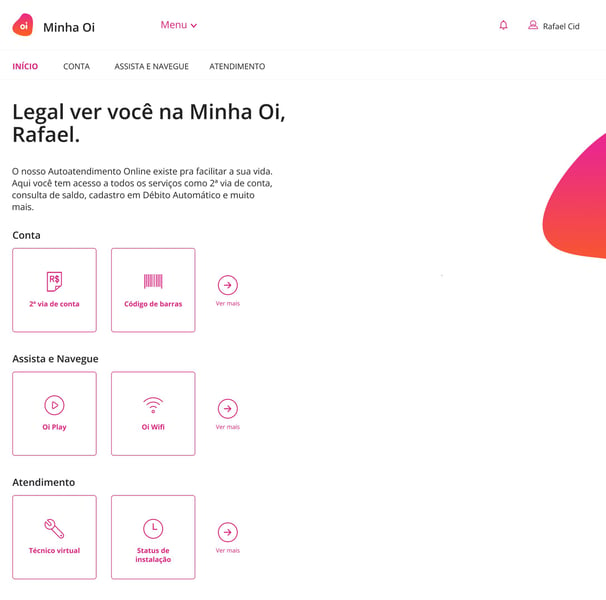

This is how it was reflected in the UI
The following change were made to the user interface:
New item "Conta"added to the main menu;
New section "Conta" added to the home screen;
Change in the welcome paragraph.
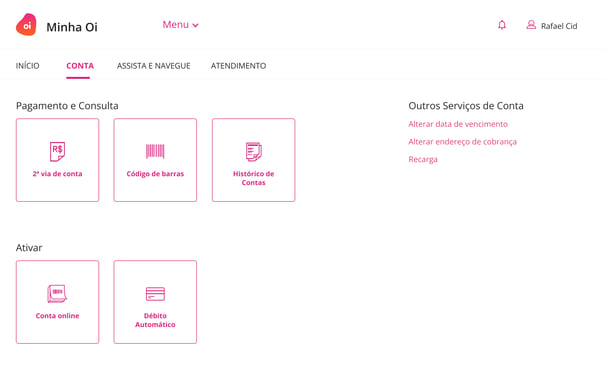

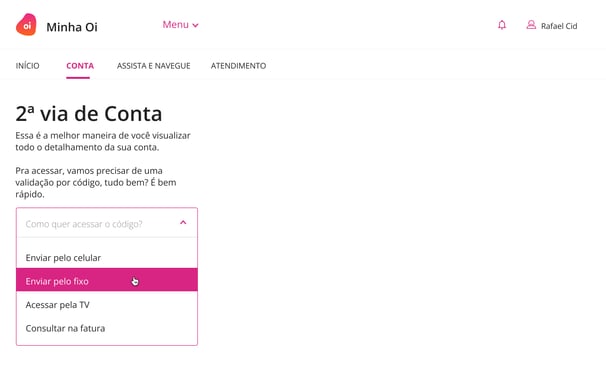

Pre-Home before
Pre-Home after
Home of "Conta"
Tapping on any item in "Conta" triggers ID validation (KYC)
A/B testing? I'm sorry but it wasn't possible
It would have been faster and easier to validate. However, we didn’t had any tool back there for doing it. So we did a progressive validation.
How did we do
We choose the smallest market, with a controlled risk.
Then we released the changes only to this region of Brazil and measured the performance, comparing its average with other cities.
Success metric
KYC completion rate
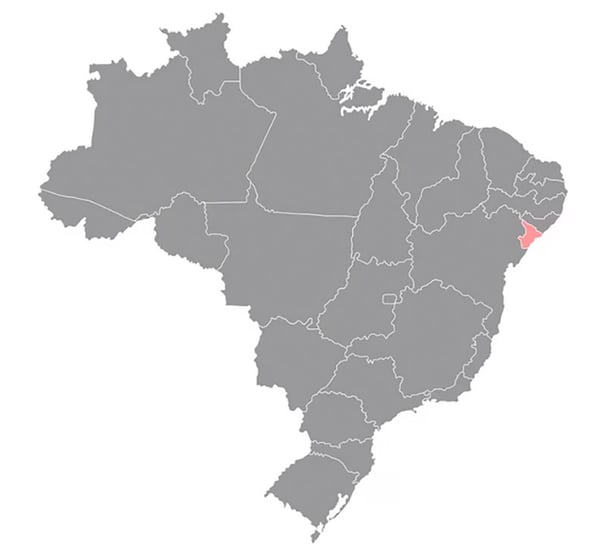

The state of Sergipe, was the smallest market, chosen for the experiment.
Validation
